This Scientist Explains Complex Concepts With Sushi
Sashimi meets science.
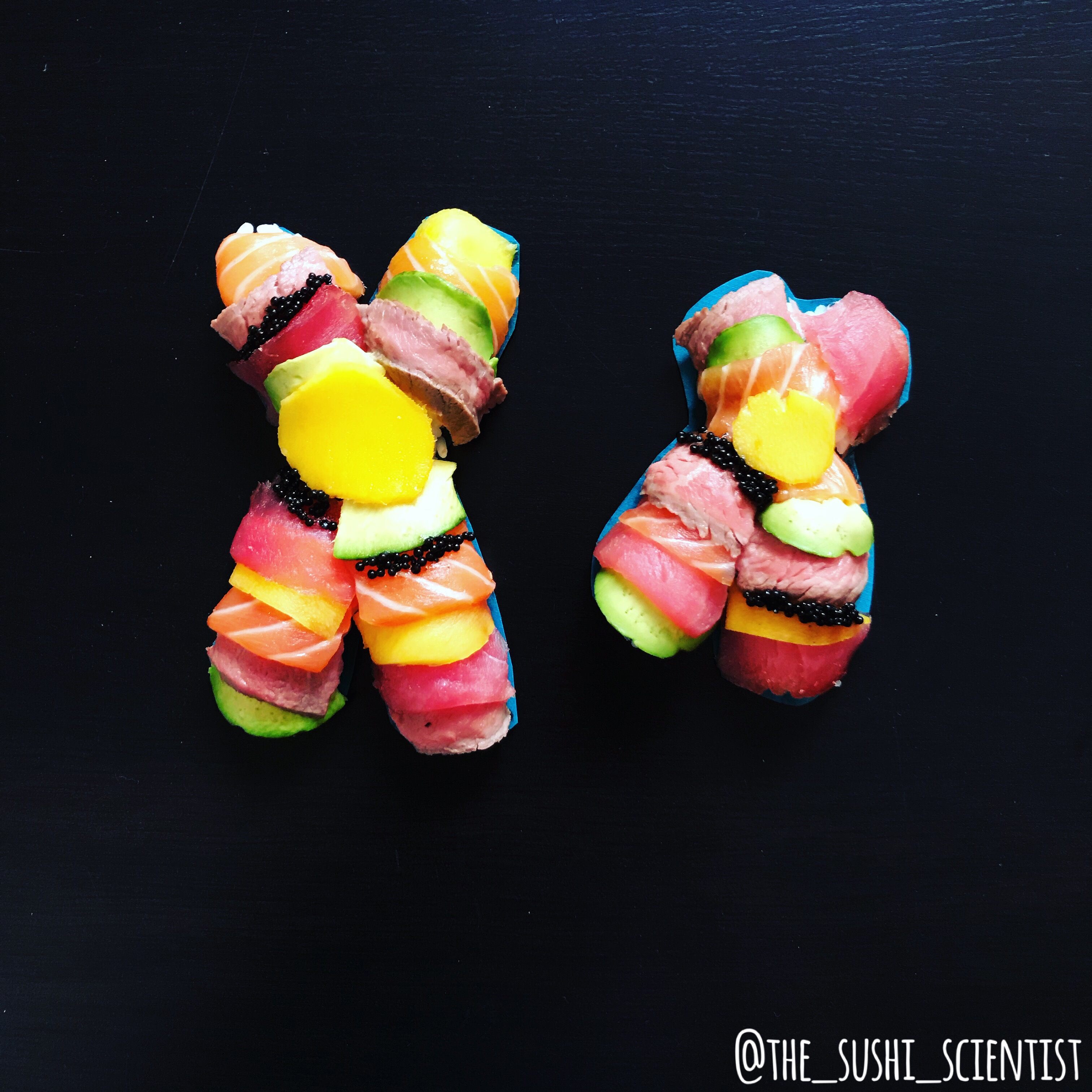
By day, Janelle Letzen is a postdoctoral research fellow in clinical psychology at Johns Hopkins University. There, she researches the sobering subject of chronic pain. But in January of this year, Letzen decided to combine science with her hobby: sushi art. Using brightly colored tuna, avocado, and “krab” meat, her Instagram account the_sushi_scientist visually explains topics ranging from neuroscience to geology.
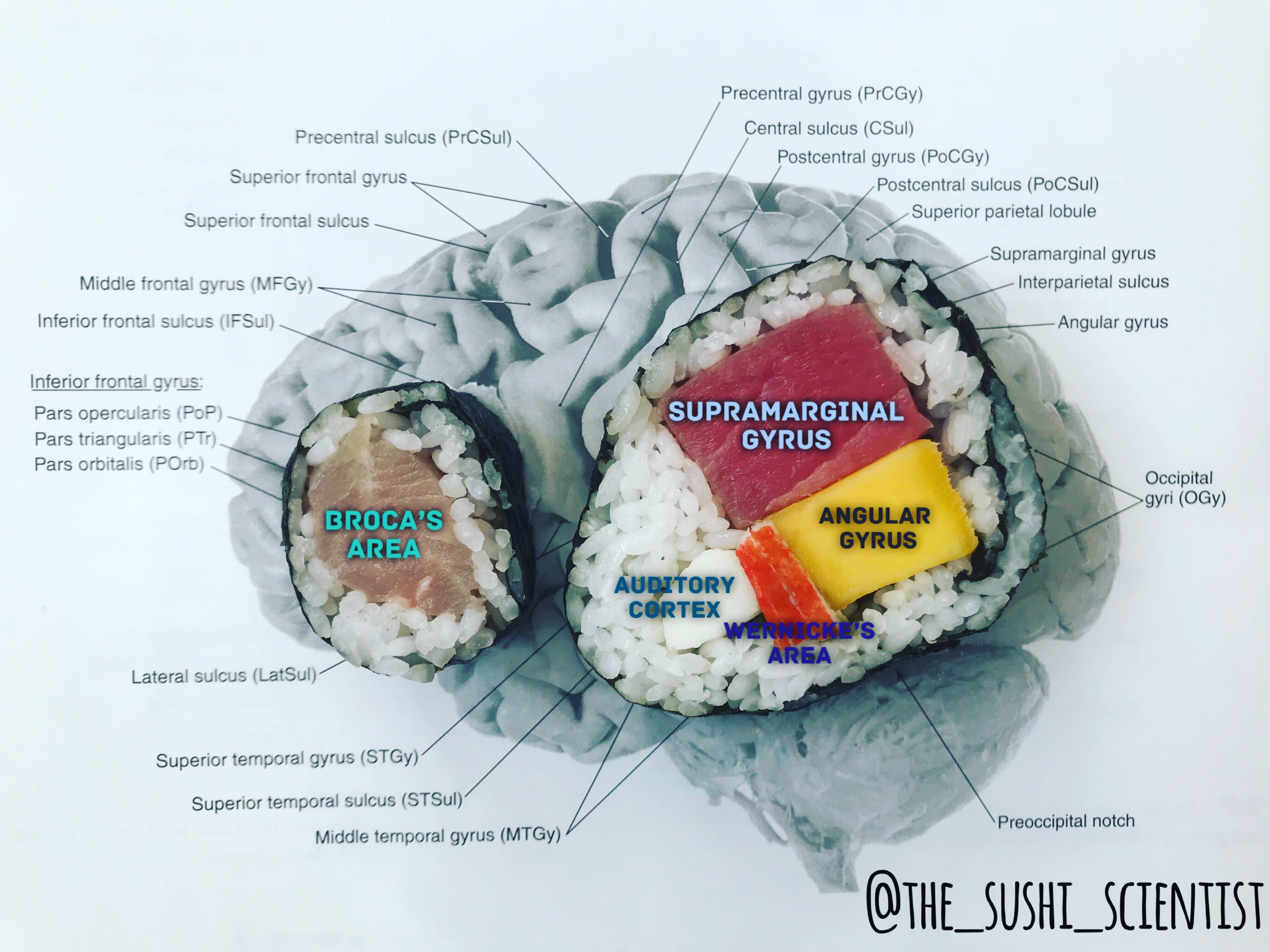
Her sushi-making habit began in 2017 as a New Year’s resolution to learn a new skill. She settled on sushi, but as an edible medium for art. It wasn’t long before she fell in love with it. She recalls thinking that her two passions, science and sushi, could be combined. On Instagram, she began explaining neuroscience topics with fish and rice. Cucumber rolls stand in as synaptic terminals, and short videos of sushi rolls darting around a plate explain subjects such as how neurons chemically communicate.
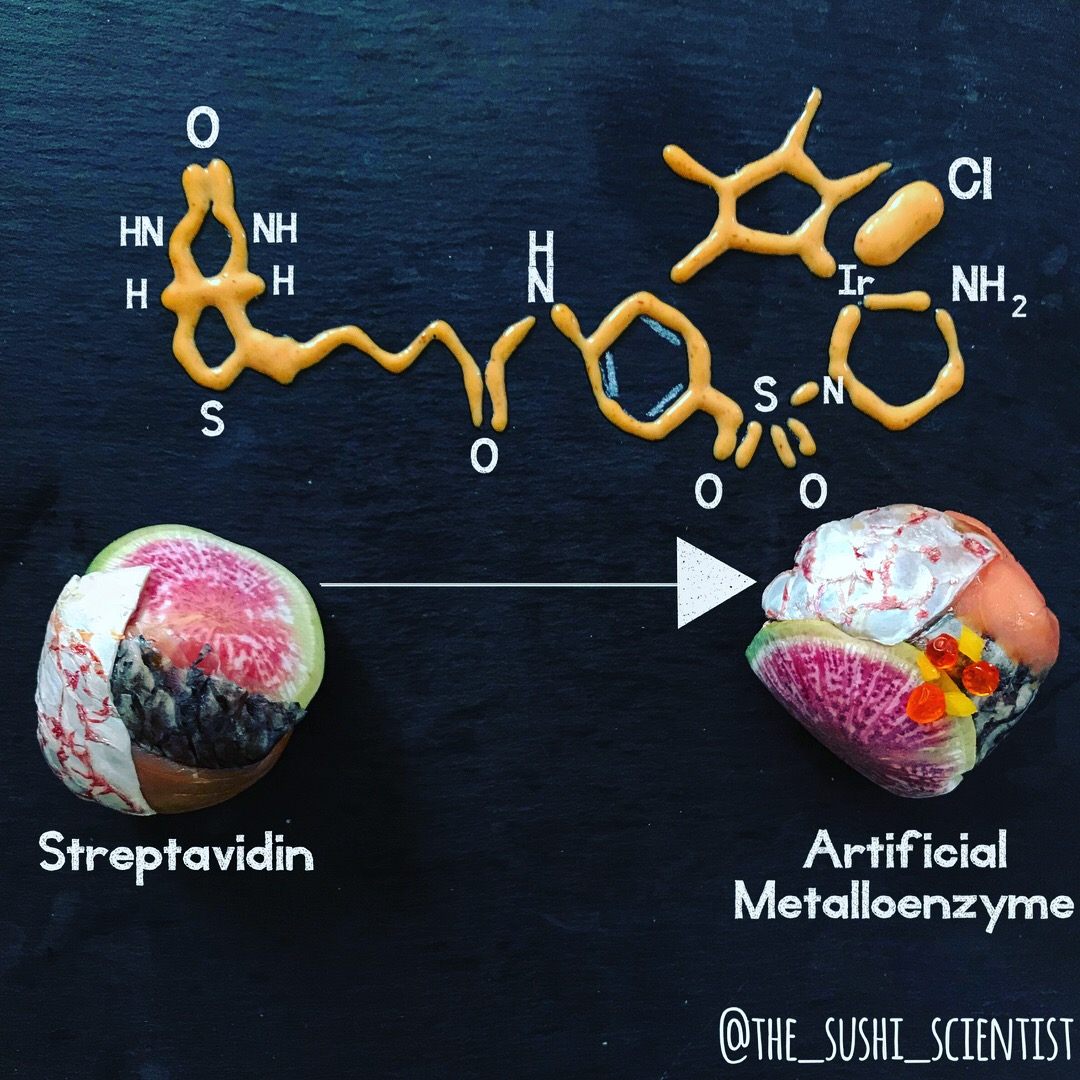
Her work is part of a larger movement, Letzen explains. Researchers and teachers are using what she calls “scienstagrams” to inform audiences visually. Letzen and other “science communicators” make science approachable and understandable. In this day and age, Letzen says, that’s especially important in a world of abundant information and misinformation. She believes that her followers are mostly medical professionals and students interested in biopsychology and neuroscience, her own fields of study. “But I’m also trying to target more informal learners as well, by making science more tangible,” she says. Professors have been using her work to explain concepts to their students, “which has been great.”
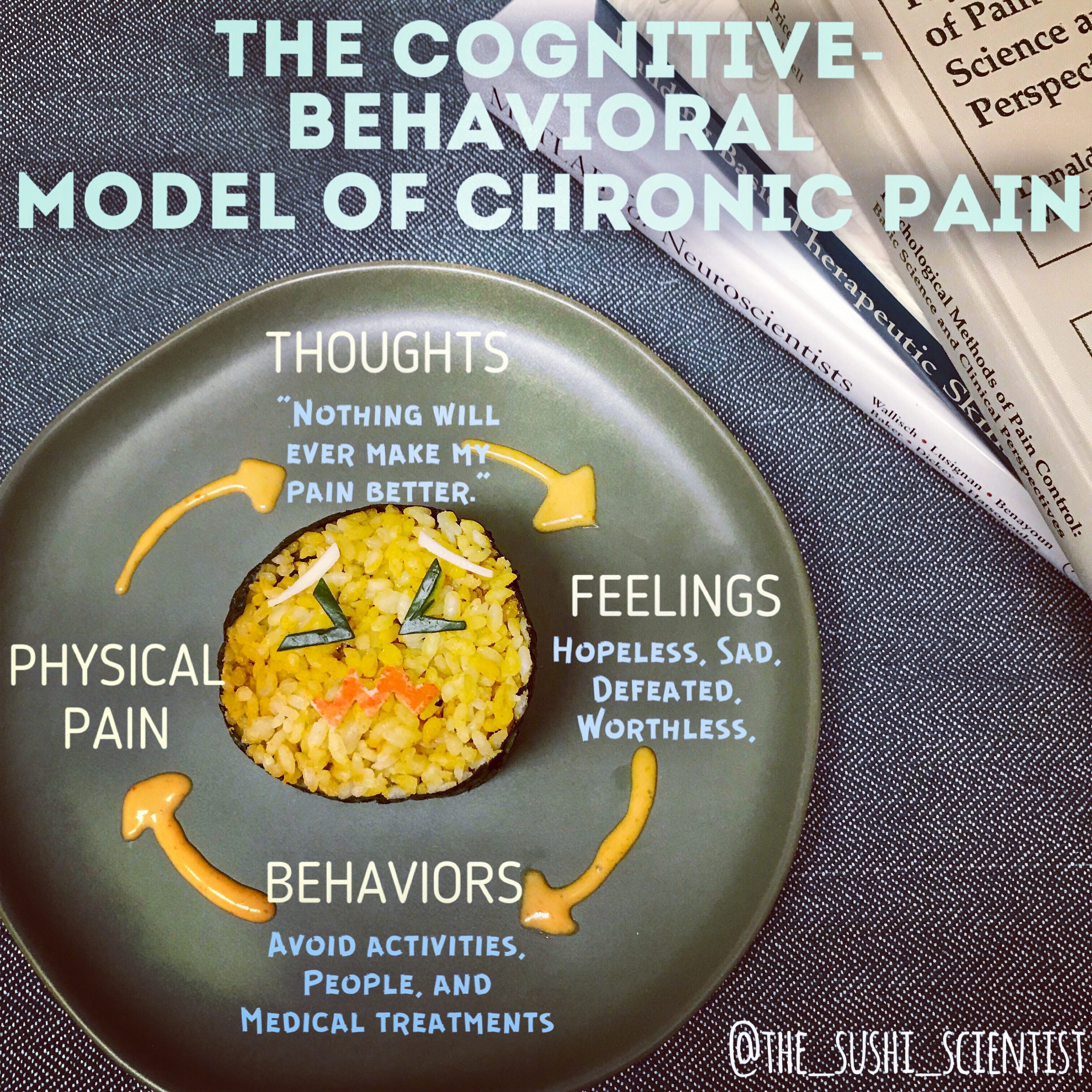
Recently, Letzen began inviting other scientific contributors to express their work through sushi. For “Brain Awareness Week” in March, neuropsychology post-doctoral fellow Aliyah Snyder shared her knowledge on concussions on the_sushi_scientist, and Letzen constructed a video of a sashimi brain getting a concussion. Last week, cave scientist and PhD student Gabi Serrato Marks captioned a post about cave stones (made of sushi, of course). The study of cave rocks formed by dripping water, Marks explained, can provide clues about ancient climate change.
Questions and even debate flourish in the comments section. On a post about hallucinogenics, accompanied by brightly-colored sushi rolls on a holographic plate, a commenter asked Letzen to acknowledge the efficacy of psychedelics such as MDMA for therapeutic reasons. So Letzen reached out to an expert on the topic, and then updated the text “to improve that post.”
There is one question, however, that Letzen receives over and over: What happens to the sushi after it’s photographed? The answer is simple. “I’ll eat it,” Letzen says.
Gastro Obscura covers the world’s most wondrous food and drink.
Sign up for our regular newsletter.







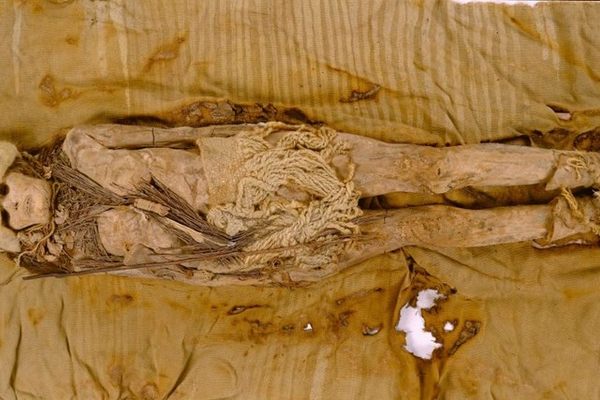
























Follow us on Twitter to get the latest on the world's hidden wonders.
Like us on Facebook to get the latest on the world's hidden wonders.
Follow us on Twitter Like us on Facebook